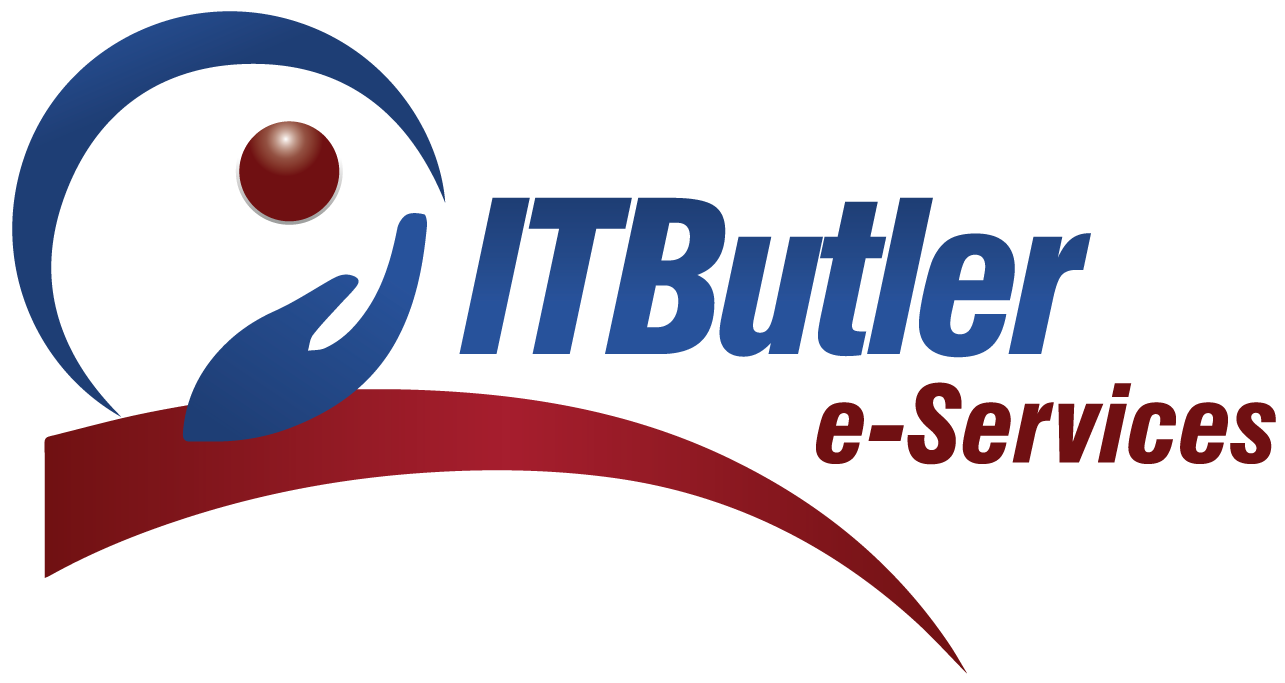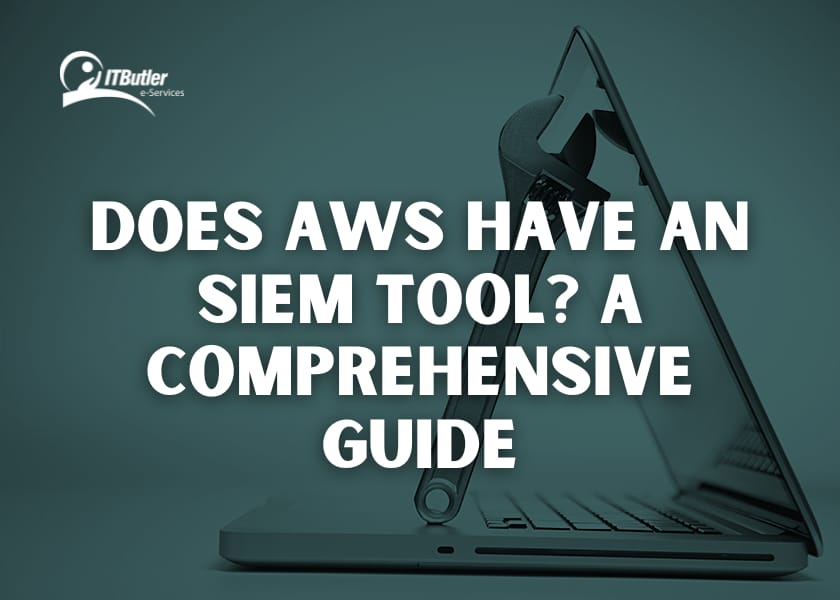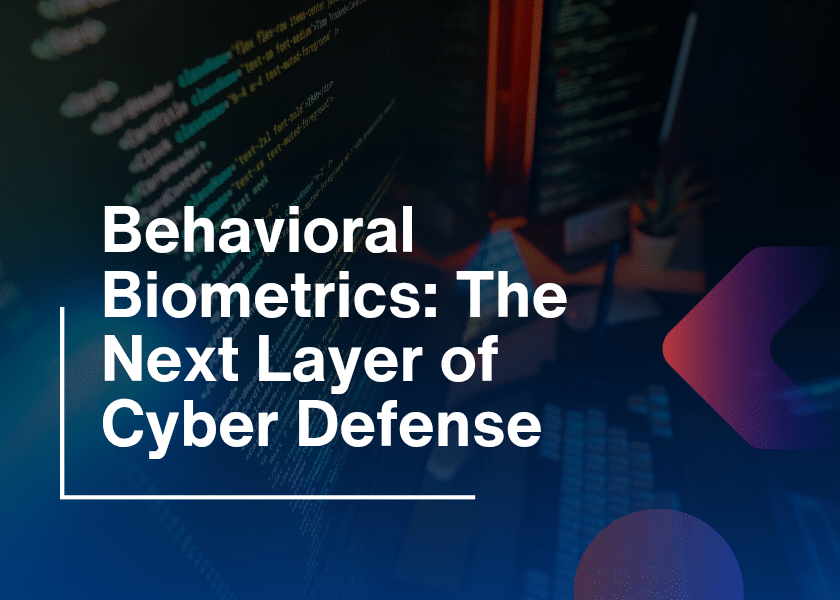Security monitoring has become a critical organizational priority because digital world threats against cybersecurity are growing continuously. Therefore, a Security Information and Event Management (SIEM) system serves as a necessary security tool for operations. Moreover, a SIEM system helps enterprises track and investigate security events while doing incident response through its capability to process data from multiple system sources. More organizations shift their operations to the cloud so they choose AWS (Amazon Web Services) as their preferred cloud platform. Every cloud platform requires shared security control from users as well as providers through the implementation of strong monitoring tools. However, the question arises does AWS have a Security Information and Event Management (SIEM) Tool built within its platform?
This blog investigates if it provides a standalone SIEM solution together with an analysis of integrated SIEM features in AWS services and reviews available third-party SIEM platforms for AWS environments. Moreover, this will provide you with complete knowledge about effectively deploying SIEM functionality for AWS environments.
Does AWS Have an SIEM Tool?
AWS provides various security services, but it does not offer a dedicated SIEM tool like Splunk or IBM QRadar. Therefore, AWS delivers SIEM-comparable functions through a series of modular services that function in unison.
AWS Security Services and SIEM Functionalities
AWS delivers different security tools which when utilized jointly operate as a Security Information and Event Management (SIEM) solution.
- Amazon Security Lake: However, it serves as a security data collection point which expands its reach to include normalization of information from AWS platforms and third-party systems.
- Amazon GuardDuty: It utilizes artificial intelligence together with machine learning to discover abnormal behavior and security threats.
- AWS CloudTrail: The API activity of AWS accounts is monitored through the service for both auditing goals and compliance requirements.
- AWS CloudWatch Logs: Moreover, it performs real-time log monitoring thereby producing alerts for atypical events.
- AWS Security Hub: Provides a centralized view of security alerts and compliance status.
- AWS Config: Maintains real-time monitoring of system configuration changes to help with security auditing purposes.
Thus, the SIEM-like features can be found within AWS services but the platform does not offer a complete integrated SIEM solution. Therefore, organizations normally require AWS services combination and third-party SIEM implementations to implement complete security monitoring systems.
What SIEM is Exactly and Why is It Important?
Organizations can rely on SIEM (Security Information and Event Management) to obtain a security solution enabling incident response together with analyzing and collecting event and security data. Moreover, it combines two major functions:
- Security Information Management (SIM) system gathers security data and then analyzes its contents to fulfill requirements of reporting and compliance.
- Security Event Management (SEM) Real-time monitoring, event correlation, and incident response.
Key Functions of a SIEM Tool
The following capabilities define what makes an SIEM solution strong:
- Log Collection: However, the system collects logs that come from different data points including applications along with firewalls and cloud systems.
- Threat Detection: Identifying suspicious activities and security anomalies.
- Incident Response: It uses automated alert systems to manage real-time responses against threats appearing in the system.
- Regulatory compliance: Thus, it becomes attainable with the SIEM tool because it maintains security logs and provides reports.
Hence, SIEM plays a vital role in improving cloud-based safety measures. The requirements of cloud security differ from what traditional SIEM tools were built to handle because they originally focused on on-premises implementations. So cloud-based SIEM solutions help organizations:
- Detect and respond to threats in real time.
- Meet compliance requirements such as GDPR, PCI DSS, and ISO 27001.
- Reduce manual efforts by automating threat intelligence.

AWS Security Services That Provide SIEM Capabilities
So AWS has SIEM capabilities that are available through several services in AWS although the platform does not provide a specific SIEM solution.
1. Amazon Security Lake
- A security data lake located in a central position receives logs from AWS services as well as third-party monitoring tools.
- So it helps with compliance monitoring and security investigations.
2. Amazon GuardDuty
- Machine learning technology enables users to identify unauthorized access together with malware attacks.
- Moreover, the tool generates instant alerts that detect abnormal security behaviors.
3. AWS CloudTrail
- The API logging system tracks all cross-AWS-account activities for comprehensive security auditing needs.
- Moreover, the tool enables tracking of unauthorized system access events together with configuration changes.
4. AWS CloudWatch Logs
- However, the system actively collects and tracks digital logs at the current time.
- Hence, the system raises notifications to indicate atypical events that occur in the system.
5. AWS Security Hub
- The system unifies current events reporting between AWS service security platforms and outside security technology solutions.
- These services perform obligation verification tests using relevant industry requirements.
6. AWS Config
- However, this system actively detects security misconfigurations within all AWS resources.
- Security best practices form the foundation on which organizations use these services to maintain compliance.
Thus, these security services include strong functionality yet they lack all the capabilities that exist in traditional SIEM systems.
5. Limitations of AWS Security Services as a SIEM Tool
So the security services of AWS have an SIEM functionality yet numerous performance boundaries remain.
1. Lack of a Dedicated SIEM Solution
However, the complete integration of a SIEM tool is not available from AWS so businesses need to combine different services to generate SIEM functionality.
2. Complexity in Log Correlation
The correlation of security events in SIEM tools operates automatically but AWS services need manual setup to perform similar functions.
3. Multi-Account Security Monitoring Challenges
Operational effectiveness suffers when trying to consolidate security data from various AWS accounts because SIEM fails to provide central management capabilities.
4. Need for Third-Party Integration
Moreover, the implementation of genuine SIEM functionality requires organizations to connect AWS security services with external third-party SIEM platforms.
Third-Party SIEM Solutions for AWS
The requirement to use full-featured SIEM tools leads organizations to integrate the AWS platform with third-party Security Information and Event Management (SIEM) tools.
Popular Third-Party SIEM Tools Compatible with AWS
Splunk: However, it delivers aggressive threat discovery capabilities together with superior log analysis features.
IBM QRadar – Offers AI-driven security monitoring and compliance reporting.
Microsoft Sentinel – A cloud-native SIEM with AI-powered threat intelligence.
Sumo Logic – Delivers real-time analytics and compliance support.
Elastic Security (ELK Stack) – Moreover, open-source SIEM for log management and threat detection.
How These SIEM Tools Enhance AWS Security
- Log management should operate as a centralized system for AWS cloud and traditional data center environments.
- Automate threat detection and response.
- Moreover, it helps organizations achieve regulatory compliance.
Best Practices for Implementing SIEM in AWS Environments
The effective deployment of SIEM functionality in AWS requires organizations to follow the best practices described below.
- The storage of centralized security logs should take place through Amazon Security Lake.
- Organizations can use combination systems of AWS platforms together with SIEM tools to automate threat detection capabilities.
- Security automation functions can be achieved through AWS Lambda.
- The organization should use AWS Security Hub alongside CloudTrail to monitor compliance requirements.
- SIEM solutions should connect with Amazon Web Services Security Services for integration.
- Contact SIEM solutions from outside vendors who can process AWS logs for full security monitoring capabilities.
Conclusion
The security service offerings from AWS can be utilized to achieve SIEM functionality despite lacking a specific SIEM tool. Because AWS does not offer enough capabilities for organizations that need sophisticated threat defense alongside documentation of compliance policy adherence.
Further, businesses should combine their AWS security services with third-party products such as Splunk, IBM QRadar, or Microsoft Sentinel to acquire full security monitoring capability. Organizations following best practices enable better threat detection and automated security responses alongside compliance management in their AWS environments.






